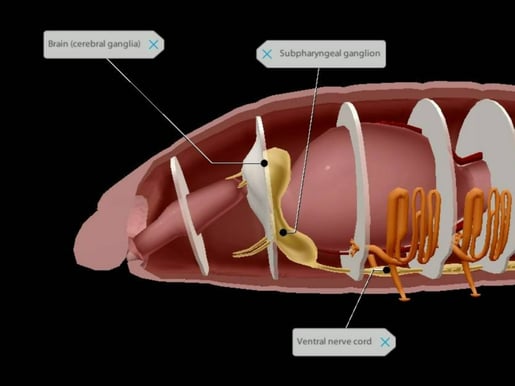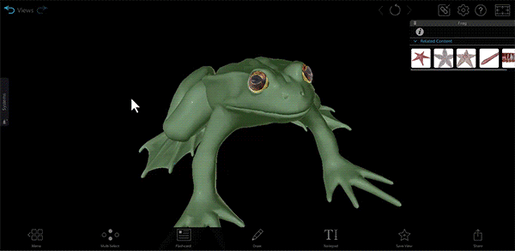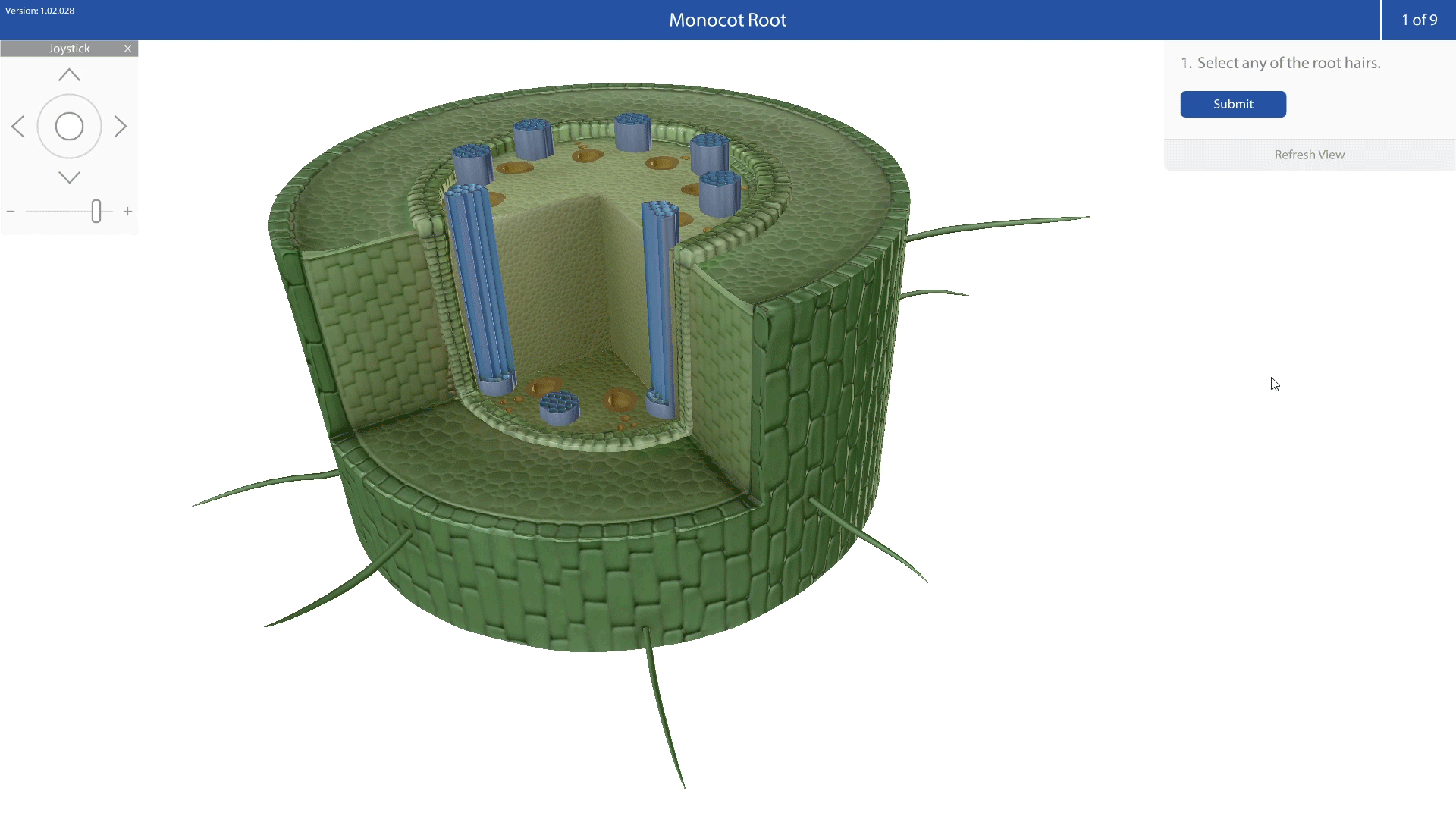Visible Biology Turns 1!
Posted on 2/3/23 by Sarah Boudreau
[Update: All of Visible Body's biology content is now exclusively available in VB Suite!]
Visible Biology was released just in time for the spring 2022 semester, which means that it’s officially a year old! Let’s look at how the app has grown over the past year and how it offers students and instructors new ways to learn and teach.
Visible Biology is a 3D visual guide to biological processes and concepts that’s changing the game when it comes to teaching and learning biology. Its library of interactive 3D models helps students get “hands on” with concepts that are difficult to visualize, like DNA coiling and photosynthesis. Visible Biology is designed for the biology classroom, and the models cover the following topics:
- Prokaryotic and eukaryotic cells
- Monocot and dicot plant structure
- Energy
- Genetics
- Blood cells
- Animal structure and function
- Animal diversity
The app is offered within Courseware, a web-based teaching and learning platform loaded with 3D biology, anatomy, physiology, and pathology content that can be integrated with Blackboard or Canvas. Through Courseware, instructors can assign models, 3D quizzes, interactive Tours, and Flashcard Decks to get students engaged in a way 2D illustrations just can’t.
Let’s dig in and look at the features added to Visible Biology over the past year!
Biology comes alive with new models
Visible Biology’s premier feature is its interactive 3D models, but did you know that each model comes with a bunch of features? Selecting a structure allows you to read a description and hear a pronunciation of the structure’s name. You can also hide or fade a structure to better explore the structures inside it. The animated models can be paused, making them a great lecture tool as the teacher can stop to talk students through what’s happening in the model.
The models also make great study tools! You can add tags to most structures to use for reference later, and the draw tool allows you to annotate the model in 3D, adding drawings, arrows, circles, and whatever else you need to make notes.
Mitosis, meiosis I, and meiosis II
Cellular processes like mitosis and meiosis can be exceptionally difficult for students to visualize, but luckily, Visible Biology has got visualization covered. The mitosis and meiosis models released this past year show students the steps of both processes with the different structures clearly differentiated.
Frog, earthworm, and sea star
We are excited to bring fully dissectible, 3D models to the biology classroom with our earthworm, sea star, and frog models! These models can be used as supplements for dissection, giving students a “practice run” before they begin using the knife, or the models can be used to replace dissection altogether.
As Maize Career Academy instructor Rob Archibald put it, “This is honestly BETTER than a dissection just because worms are so small and the details are hard to see, but with this 3D product, it really makes things easy to understand.”

Examine tiny structures with Visible Biology.
Augusta Prep Day School instructor Sheila Owen agreed: “The model allows students to view parts that may not be visible in their own dissections. This allows expanded visualization of parts that are often difficult to impossible to see especially in the time period allowed for lab work.”

Dissecting a frog in Visible Biology.
One great feature of the animal models is the systems tray. The systems tray allows you to show or hide all structures in a system—for example, while looking at the frog model, click on the integumentary system icon in the systems tray to hide the frog’s epidermis and dermis. Click the icon again to add it back to the model!
New ways to teach
Visible Biology comes with Courseware, a teaching and learning platform built for 3D content. This past year has seen a lot of additions to the biology content within Courseware, so let’s take a look!
Dissection quizzing
Instructors can now create interactive dissection quizzes using Visible Biology’s models. In a dissection quiz, students answer questions by selecting structures in the 3D models. This keeps students more engaged in the content than simply clicking on a multiple choice option!
Textbook correlations
To save teachers time and effort, our team has put together premade courses that correlate to popular biology textbooks. Instead of starting from scratch, instructors can use these premade courses straight out of the box, or they can customize them to fit their classes.
Biology lab activities
Our website is full of free resources that help instructors use Visible Biology in their classrooms. Now, teachers can get free biology labs and lesson plans that cover a variety of topics! The labs and corresponding lesson plans even correlate to state learning standards.
Check out the lab activities here!
Premade questions and quizzes
Did we mention that we want to save teachers time? Courseware has a bank of premade quizzes and quiz questions on biology topics! As always, the premade content can be edited and customized.

GIF of monocot root quiz in Courseware.
Try Visible Biology for yourself!
Learn more about Courseware and Visible Biology by signing up for a free instructor trial! You can also read more about Visible Biology on the blog. Here are some blog posts to start with:
- 10 Things Instructors and Students Love About Visible Biology
- Four Ways to Teach DNA Structure with Visible Body
- How 3D Models Help Biology Students
Here’s to another great year of Visible Biology!
Be sure to subscribe to the Visible Body Blog for more awesomeness!
Are you an instructor? We have award-winning 3D products and resources for your anatomy and physiology or biology course! Learn more here.



